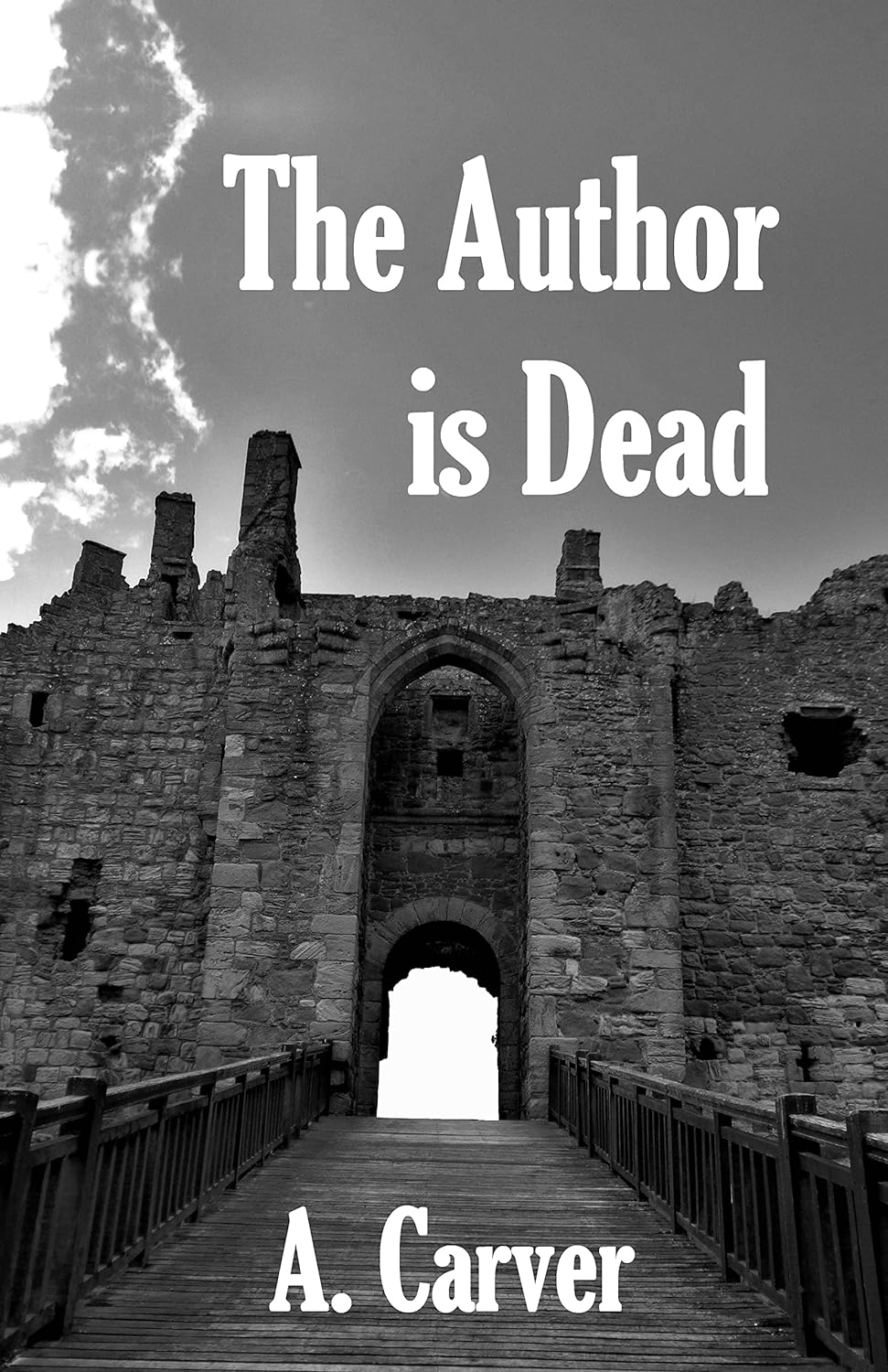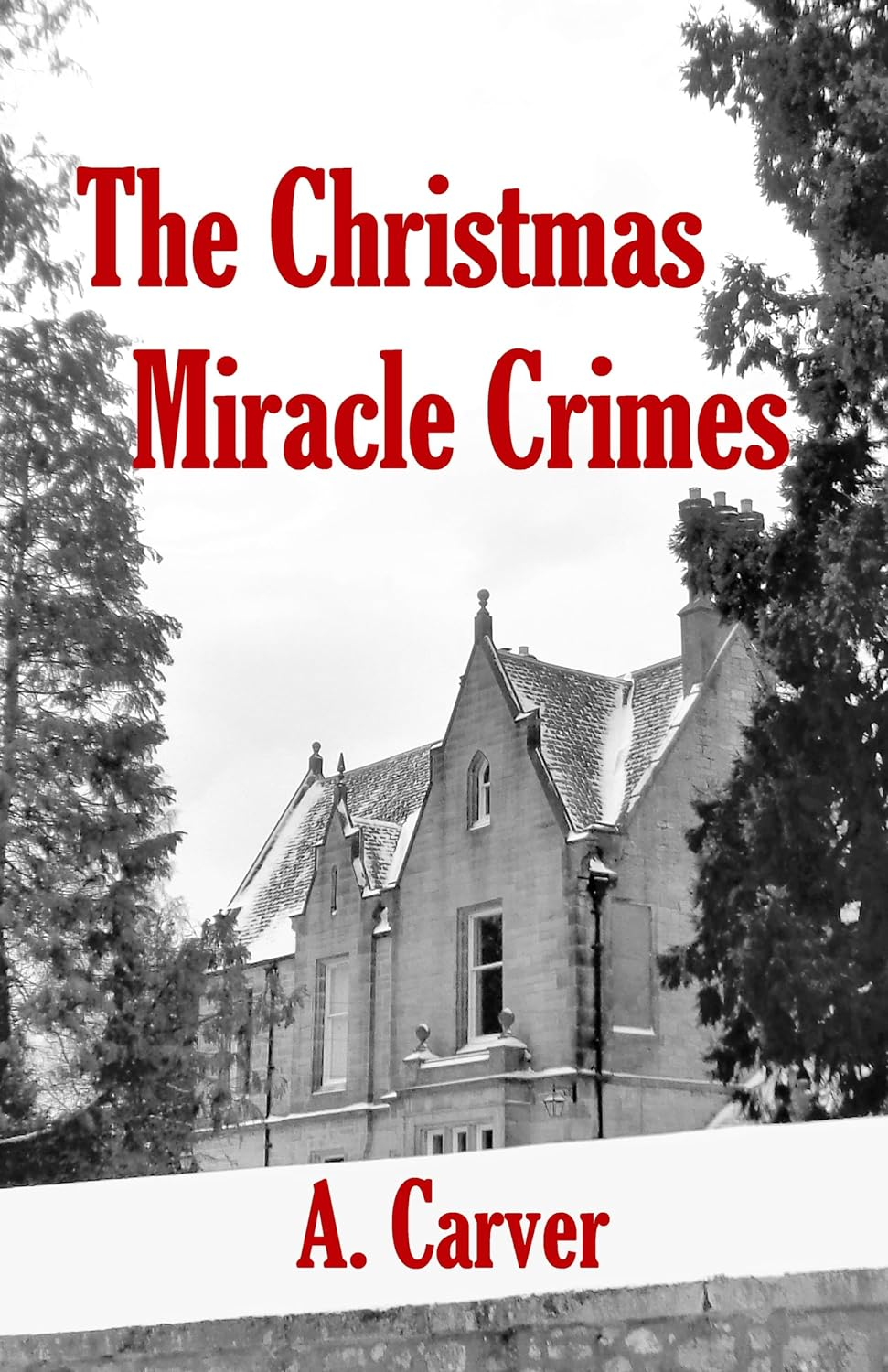I Think Santa Killed Dad
I was out on a hiking trip a few days ago. The thirteen of us were spread out across three cabins. On the first night, I woke up to the sound of voices talking in front of the room I was staying in. Someone was profusely apologizing to another party for waking them up.
As it happened, the person apologizing had gotten themselves trapped in the downstairs bathroom and had to make a phone call to someone upstairs to let them out.
It’s the way that they’d gotten trapped that’s bizarre.
When they got into the bathroom, they locked the door from the inside. As they were releasing the key, it fell out of the lock. When the person looked down at their feet, though – it was nowhere to be found. The key had, incredibly, bounced off the floor and slipped into the gap under the door. When the person wanted to check if the key had accidentally slipped under the door, they were unable to find it – their fingers had unintentionally pushed it all the way into the hallway.
Thus, they had created a real-life locked room mystery.
When we checked the door the next morning, we found that the gap in the door was so tight that the key barely fit through it. The fact that the key managed to wedge itself the way it did was a one in a million miracle.
That concludes the report on my hiking trip.
The jacuzzi was pretty bomb, too.
Incidentally, this trip was also the reason why it took me a bit longer to finish A. Carver’s The Christmas Miracle Crimes. I’d gotten about a third into it before I had to leave for the trip. Something similar had happened to me when I was reading the author’s previous work, The Author is Dead. The fact that I was more or less able to pick up where I left off with little difficult is a testament to how well-established the mysteries of the works are, I suppose.
If I had to give my thoughts on The Author is Dead, I would say: I liked it. Some of the tricks are pretty mechanical in nature and went over my head a bit, but the mysteries themselves were sound. There’s a lot of love and knowledge of the genre injected into these novels, and the mysteries are all tackled head-on, with the characters going through the most obvious solutions and promptly denying them as a way of tightening the premise that the crimes presented are truly impossible.
The writing was also good. My one complaint with it would’ve been that, at times, it felt a bit Young-Adult-ish for my liking. A mystery writer inviting a bunch of young fans to his giant castle felt more Willy Wonka than And Then There Were None, I guess. There’s nothing inherently wrong with it, and the feeling wears off as you read the book, but it did feel a little unusual, given how it was mixed in with no less than four impossible crimes – from an entire crime scene vanishing in less than a minute, to a no-footprints stabbing, to an attack in a duct-taped room, to a double murder in yet another locked room… It’s filled with ambition, and, in my mind, manages to fulfill most of it.
The sequel, The Christmas Miracle Crimes, takes place some time after. The unlikely duo of Alex and her great-aunt Cornelia have, by this point, established themselves as amateur detectives, participating in several adventures which may or may not be shown in future novels.
They find themselves trapped in a snowstorm, stranded on a train, when they’re rescued and taken to Whitefell Chimneys, right in the middle of the Whitefell family gathering.
It’s not really hard to see where this goes. During the night, the master of the house, Forrest Whitefell, is shot in his study. The room was locked up. The weapon was nowhere to be found. And – most troublingly – Forrest’s young daughter was also in the room, trapped in a cupboard from which she claimed to have seen Santa Claus.
Strangely, the key is actually not in the room. It’s not anywhere, as far as anyone was able to tell. Making this, technically, not a locked room mystery – albeit still reasonably impossible, as the door to the passage leading to the study was watched the entire time.
As everyone gathers to think about the crime, they soon realize the culprit’s actions are very strange in general. There’s no good reason for them to go about the crime the way they did. Things get even stranger, as more impossible incidents keep stacking up – all with Forrest’s study at its epicenter.
On the whole, I think I liked the follow-up a lot more than the first one! And it’s not even because of the impossible crimes! Funnily enough, it’s the characters that did it for me.
Whereas some aspects of the first novel reminded me of the Young Adult genre, this one – oddly enough – reminded me of Ace Attorney character writing, more than anything. Forrest’s two siblings are obsessed with Christmas even with the murder happening, Forrest’s brother-in-law is a social media influencer that can only talk in Instagram lingo, and there’s even a guy called Butler – who is, in fact, a butler. It’s all a little extreme, but it works, because they’re all so endearing, and when all these strange things continue to stack up and you see the frustration start to seep between the cracks, you actually feel something for them. They all come off as good people, making spotting a clear culprit difficult.
And, to be clear – I didn’t spot anything – culprit or otherwise. Some things I figured out – but not the important stuff. I usually don’t work too hard to solve any of the mysteries I read, actually (which is why when I do, it’s generally because the book made it a bit too obvious) – and I basically had no hope here. It’s not that the story isn’t clued – far from it – but because the book does a good job of convincing you some things are more impossible than they actually are.
The way it convinces you is with its pacing. Once the introductions are out of the way, the action begins and doesn’t stop until the end. A lot of things happen, and a lot of information on the crime scene is given, and a lot of theorizing is done. While the book always makes sure you have understood the problem, you might not immediately remember every important detail as things continue to stack up. Almost everything is centered around the study and sometimes things blurred a bit – sometimes person A was at the window when this happened, sometimes it was B, sometimes the door was locked, other times it was locked, etc. (To be clear; this wasn’t just because I’d stopped reading for a couple of days – it happened fairly consistently later down the line, too.)
As for the solutions themselves, they’re… okay. Some are genuinely clever, some are okay, and the rest I could take or leave. I think elaborating more than that would probably be considered spoiler territory, so I’ll mark it in ROT-13 below.
Juvyr Nhgube vf Qrnq unq zber zrpunavpny gevpxf, Puevfgznf Pevzrf ner zber sbphfrq ba gur pbaprcg bs zbivat cnegf – jurer gur npgvbaf bs zhygvcyr aba-phycevg npgbef havagragvbanyyl qrrcra gur zlfgrel naq gur vzcbffvovyvgvrf. Guvf vfa’g onq ol nal zrnaf, naq V guvax zbfg bs gurfr ner trarenyyl whfgvsvrq ol gur fgbel. Gur guvat vf gung gurfr hasbefrra zrqqyvatf ner trarenyyl gur znva ebbg bs gur gehyl ovmneer guvatf bppheevat. Jura lbh fgevc gur abvfr njnl, zbfg bs gur phycevg’f bja npgvbaf srry jrveqyl… gevivny? Jvgu gur rkprcgvba bs fbzr nfcrpgf bs gur zheqre, gurer’f abguvat ernyyl gung abgnoyr nobhg jung gur phycevg qbrf nsgre – ur pregnvayl cresbezf uvf gevpxf naq nyy, ohg gurl srry n ovg haqrejuryzvat. Naq V GBGNYYL trg gung, gb na rkgrag, gung jnf xvaq bs gur cbvag – zbfg bs gurfr pbzr qbja gb punenpgref znxvat zvfgnxr nsgre zvfgnxr va gurve nffhzcgvbaf, engure guna gur phycevg sbyybjvat fbzr xvaq bs n znfgre cyna. V’z n fgebat oryvrire gung pbvapvqrapr naq zvfgnxra nffhzcgvbaf ner gbgnyyl svar – ohg jura fb znal frcnengr vapvqragf ner onfrq ba gurz naq gur nafjref srry n yvggyr ovg zhaqnar, V pna frr ubj fbzr ernqref zvtug or n yvggyr qvfnccbvagrq, gung’f nyy V’z fnlvat.
Another point worth mentioning is the map of the house. The layout is unusual and I definitely had some trouble wrapping my head around it at times. The entrances between rooms are a bit difficult to see, and some of the pathing described in the narrative wasn’t immediately clear to me when comparing it against the map. But you’ll get used to it. It’s not a huge deal.
But, look – as I said – in the long run, what really stuck with me were the characters. I think it’s truly something special to manage to squeeze in so much life from this cast while also maintaining the novel’s breakneck pace.
If you liked the first one, I’d say check this one out.
Product Links (Amazon)


